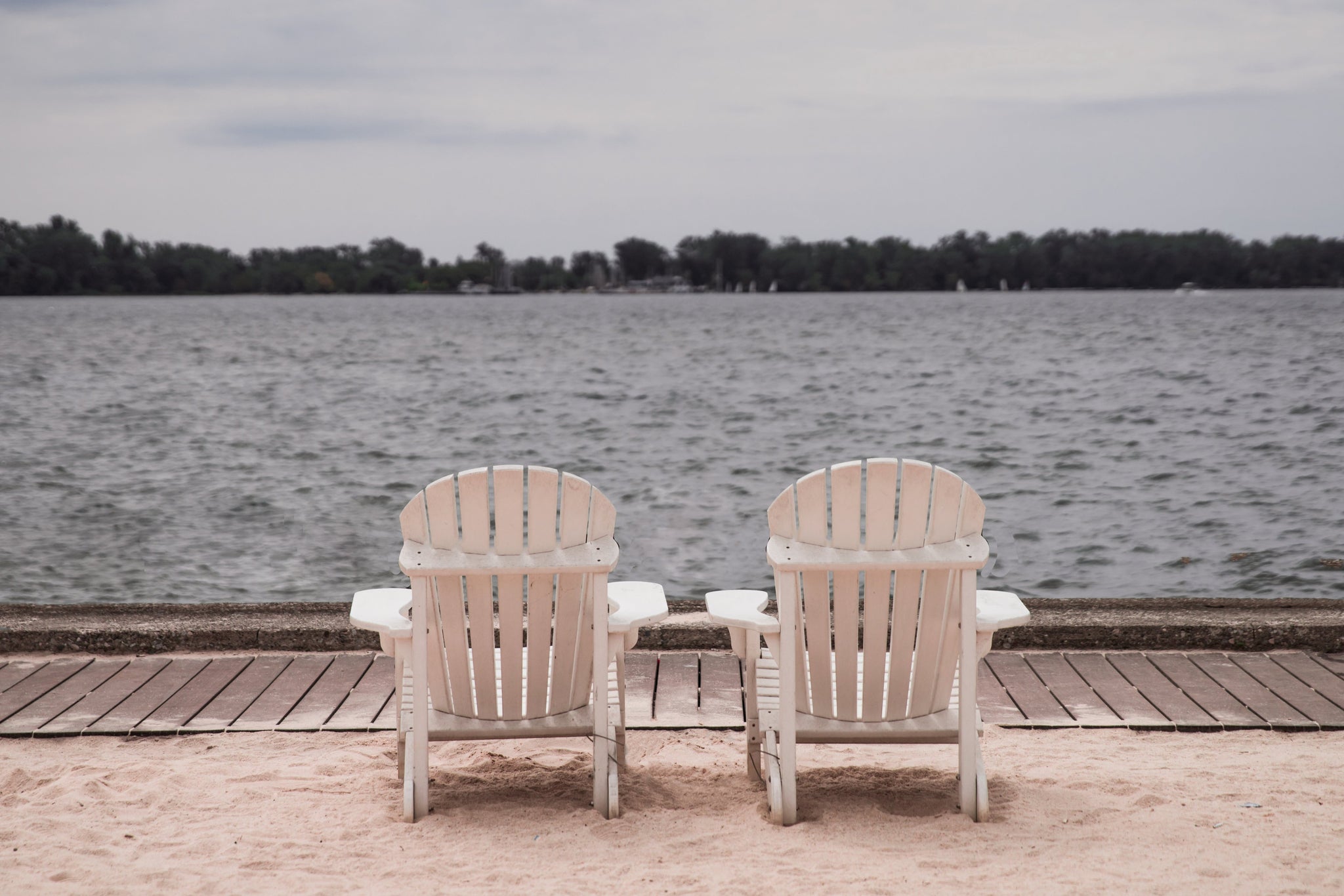Clear Lake Coffee Roasters: Explorer & History Series - New Coffee Consumer Survey from the National Coffee Association - Jan 7, 2024
New Coffee Consumer Survey from the National Coffee Association
The National Coffee Association (NCA) has been tracking coffee drinking in the United States on an annual basis for more than seven decades. In recent years, they’ve started taking the U.S. coffee drinking temperature two times each year, in the Spring and Fall, and the Fall 2023 survey results were just released.
Obsessing over who is drinking coffee, how often, and how much has been on the NCA to-do list for over 100 years, going back to its founding as the “National Coffee Roasters Traffic and Pure Food Association” in 1911. That original and somewhat convoluted name (NCRTPFA?) reflected the times. The coffee industry was being attacked from the outside by manufacturers of coffee substitutes and being undermined from the inside by false labelling (e.g. When is a Java not a Java? When it’s from Brazil.) The word “traffic” referred generally to what we call logistics today and demonstrates that some things never change. Two of the seven seminars at the association’s very first convention in Chicago in 1911 were about the challenge of logistics and would be perfectly at home on an agenda today: One was titled "Transportation Problems” and the other was "Traffic and Freight Abuses.”
A year later, at the association’s second annual convention in New York, members had perhaps grown tired of the unwieldy acronym and simplified their name to the National Coffee Roasters Association. That name lasted until 1932 when, in recognition of participation from the green coffee segment of the industry and others who were not roasters, the name was changed to the current National Coffee Association.
Interestingly, the name “National Coffee Association” was suggested by W.H. Ukers in the July 1916 issue of his trade magazine, Tea and Coffee Trade Journal. Ukers took coffee roasters to task for gladly accepting money from the green coffee sector to help fund national advertising campaigns, and then not allowing them to attend their conferences.
“Doesn’t this situation again raise the question of the advisability of the N. C. R. A. inviting the green coffee men to affiliate? We realize that each class has its separate problems but, on the other hand, there are many ways in which they could work for the betterment of the whole trade, if they were in one organization.
It is a debatable question as to whether this organization should be the present Coffee Roasters Association with a green coffee associate membership, or whether a new organization under some such name as the National Coffee Association ...”
In 1937, five years after the NCRA became the NCA, a group of western hemisphere coffee producing countries formed the Pan American Coffee Bureau. This emerged from a “Pan American Coffee Conference” where producers met to discuss over-supply. Between 1931 and 1941 Brazil destroyed nearly 10 billion pounds of green coffee to keep prices from falling too far. So … surplus was a problem. The conference could not agree on a supply-side solution as the proposals always included export quotas and in those conversations there was little consensus. What the conference did find consensus around was a consumption-side proposal to promote coffee drinking in the United States and the Pan American Coffee Bureau (PACB) was born with that mission in mind.

The PACB opened offices in New York, hired very talented advertising agencies, and created some of the best mid-century coffee ads, including a campaign that coined the phrase “coffee break.” In 1941 they launched a Sunday evening radio program that featured Eleanor Rosevelt discussing news and current events. Episode 11 was broadcast live on the day Pearl Harbor was attacked. The PACB used their commercial spot in that episode “to express their support for their great good neighbor, the United States.”
“The new solidarity which has been affected between the Americas in the last few years stands us all in good stead in the face of this emergency. This applies not only in a commercial sense, for Uncle Sam can count on Latin America for essential materials, whether oil or tin or copper or coffee, but also in a political sense. The Americas stand together.”
Because the bureau was promoting coffee as a beverage and not a brand, they were in partnership with the National Coffee Association from the beginning.
The PACB promotional campaigns were supported by a lot of “modern” consumer research and in the late 1940’s the bureau started using their survey expertise to share coffee drinking survey results with the trade. In 1950, the NCA began publishing a coffee drinking trends survey with PACB in a supporting and sponsorship role.
As a result, we have decades of solid coffee consumer data with very little disruption. Many questions have been asked every year that the survey was taken. What percentage of adults drink coffee daily? In 1950 it was 77%, in 2023 it’s 64%. How many cups do we drink per day per capita? In 1950 it was 2.4 cups, in 2023 it’s 1.7. Cups per day per capita peaked at 3.12 in 1962 and then went into steady decline, dropping below 2 cups in 1981 where it has remained most years ever since. In 1962, daily coffee drinkers were averaging 4 cups per day and 60 years later they average around 3 cups per day.
Over the summer, 75% of cups consumed are hot coffee. Based on the Spring 2023 survey, we can expect to be around 80% over the winter.
Along the way the NCA started tracking consumption of espresso-based beverages and “gourmet coffee,” which recently changed to “specialty coffee,” and now they even publish break-out surveys that focus on specialty coffee.
In the Fall 2023 survey we learn that 53% of adults consume specialty coffee daily (or think they do), up from 42% last year, and 60% of coffee consumed on any given day is specialty (again, as self-reported by drinkers). Around 30% of respondents say they would compromise a little on taste and quality in order to save money, but almost 40% say they would never commit this sin.
According to the NCA, all of this coffee drinking adds up to 440 million cups of coffee consumed in the United States each and every day; enough, they say, to fill up more than four Olympic sized swimming pools. They’re not wrong, it’s just that my math pencils out to 440 million 10-ounce cups filling 51 Olympic sized pools, which hold 660,000 gallons. Even 440 million 6-ounce cups is still 31 pools. In either case it is, indeed, “more than four.”
If you’re in a B2C coffee business, or your customers are in a B2C business, meaning you are a B2B coffee business (and I think we’ve now covered everyone in the coffee business), it’s a good idea to pick up a copy of the NCA Drinking trends Survey, if not every year, then every few years, especially if your business includes retail. And lest you think I’ve given away more than a tiny fraction of the information to be found, note that the survey takes up 100 pages and the rabbit holes must number in the thousands.

Six reasons for making Clear Lake Coffee Roasters - CLCR - your go-to coffee roaster:
☕️ We are a local family-run business located in the heart of Clear Lake, Iowa.
☕️ We go to great lengths to find only the finest and ethically sourced coffee around, from the top 2% of coffee beans in the world.
☕️ We only source 100% certified Arabica coffee beans, carefully hand-selecting each coffee based on specific quality and taste attributes.
☕️ Our roasting process has been refined over the years and each roast profile is individually designed to complement the nuances of the coffee we source, from Cup of Excellence (COE) award-winning producers.
☕️ By roasting in smaller batches, we can ensure our coffee is ALWAYS fresh, in fact, we roast your coffee only after you place an order - the same day your order ships out.
☕️ At CLCR, we are dedicated to a single mission: the unyielding pursuit of coffee perfection in every cup.
We would give you more reasons, but rather than reading it's better if you visit our website, purchase a bag or two, and experience a unique caffeinated or half-caff journey for yourself 😊!
Explore goodness. Click. Buy. Smile.

Clear Lake City Park Beach - Named one of USA Today's top 50 Beaches in the United States.


Leave a comment
Please note, comments must be approved before they are published